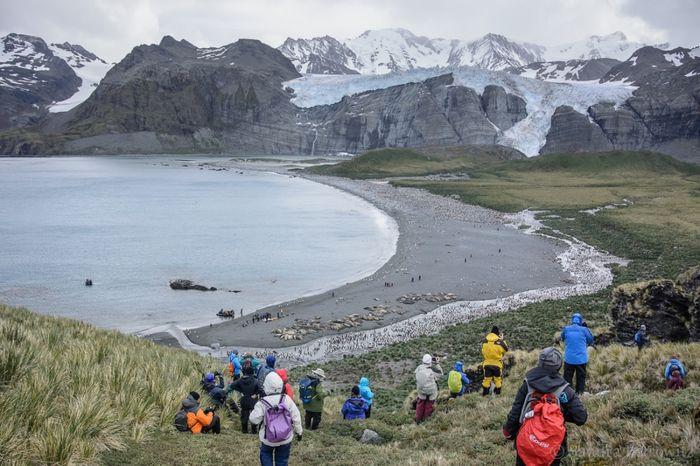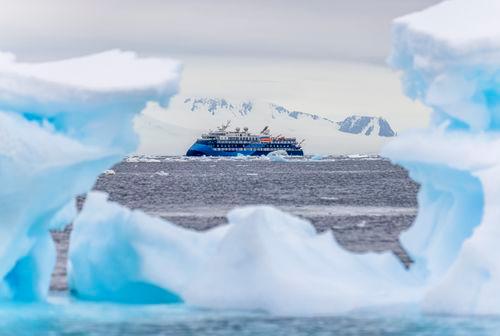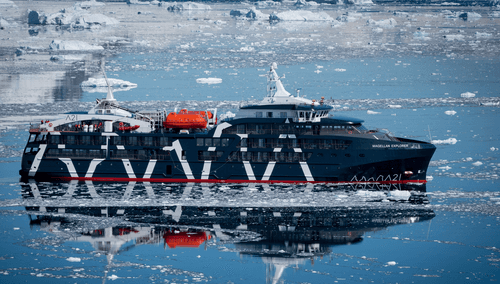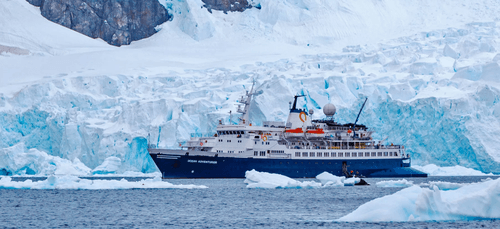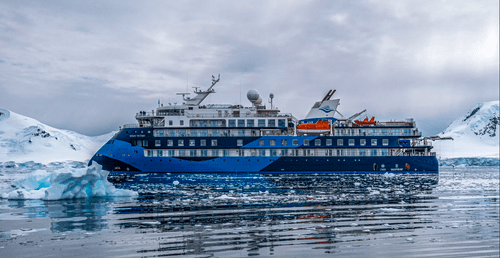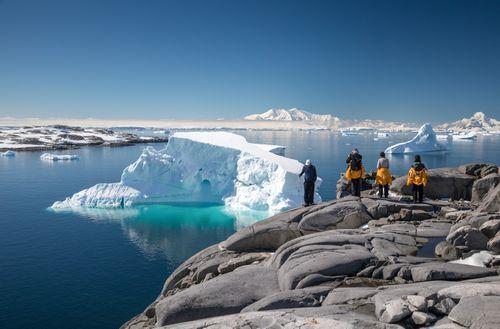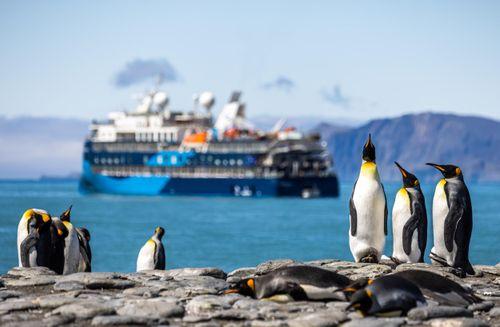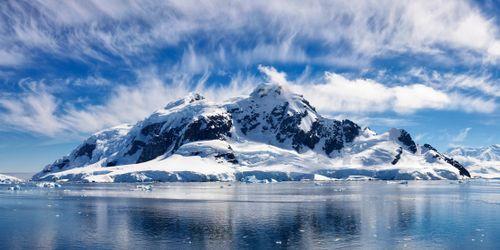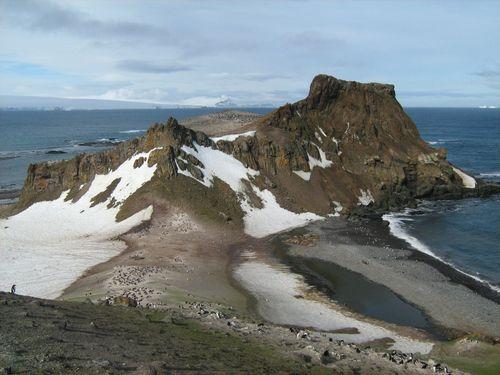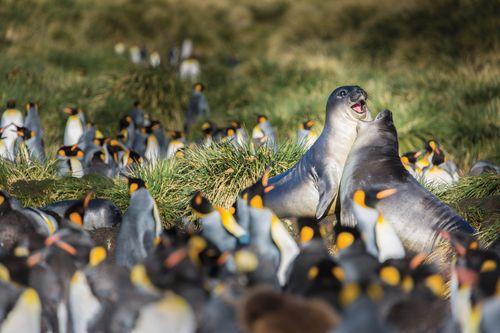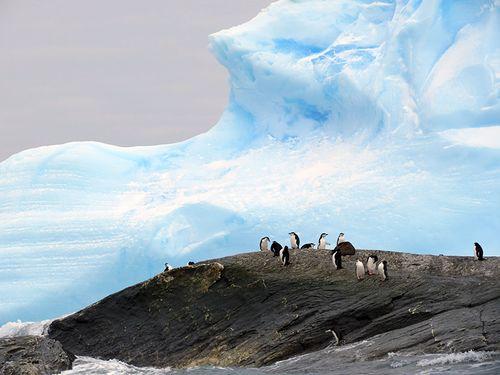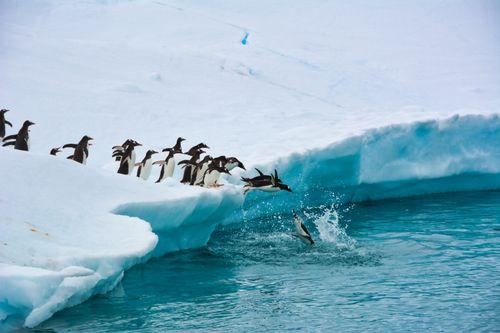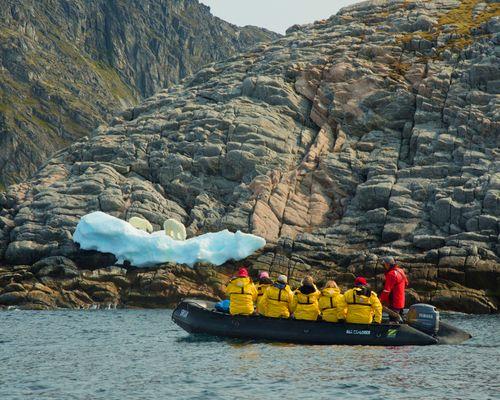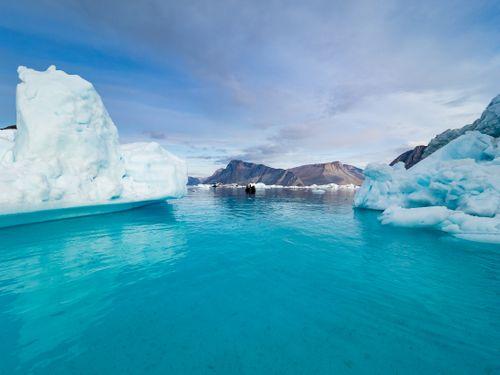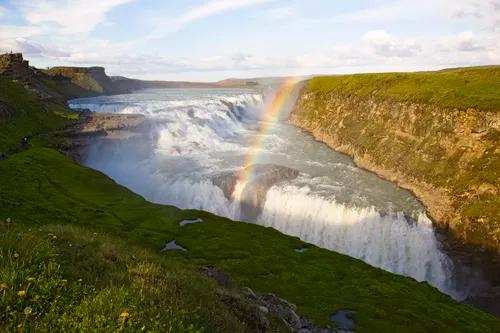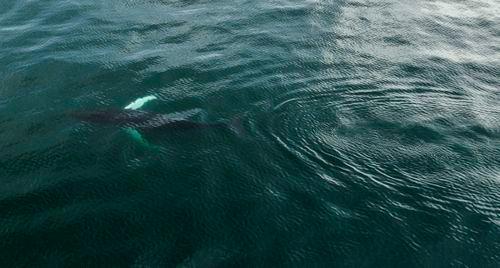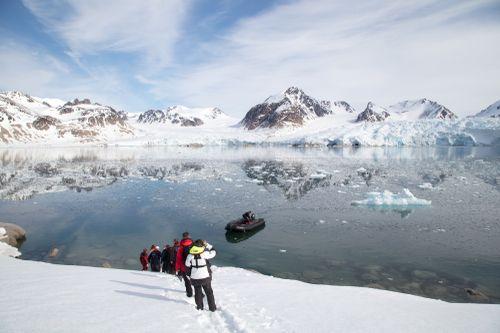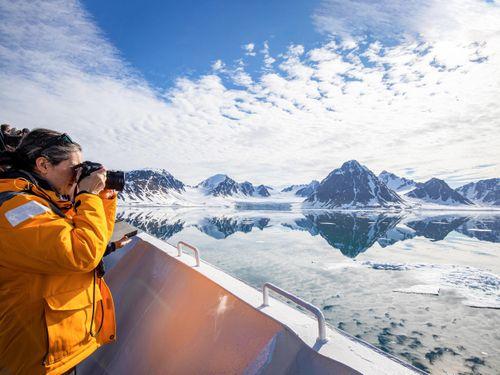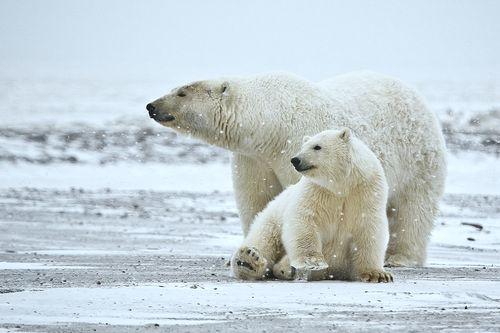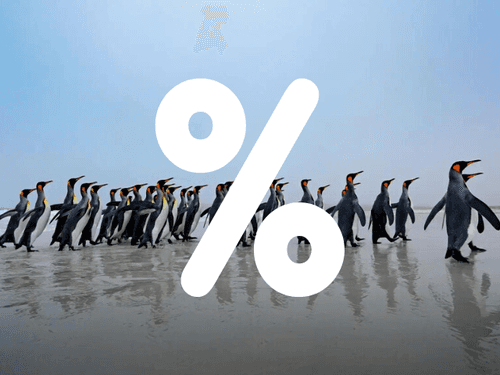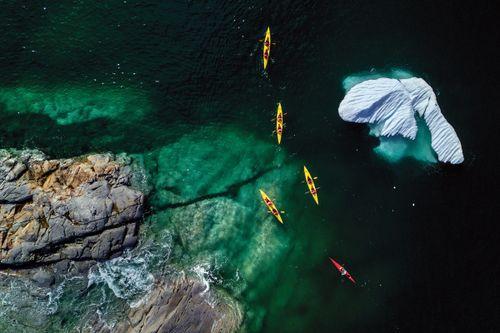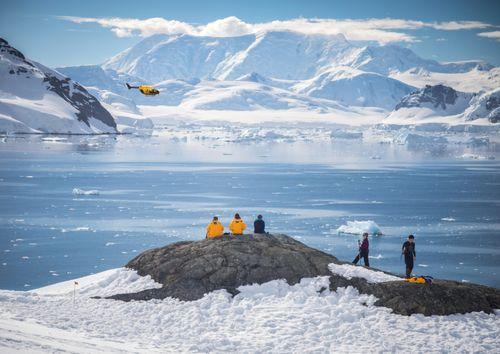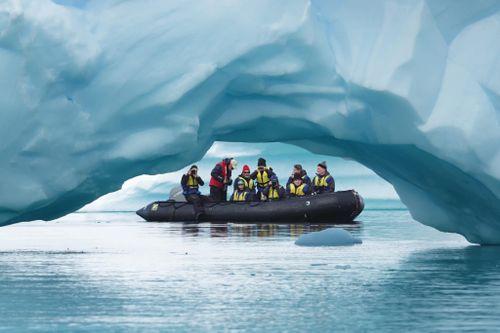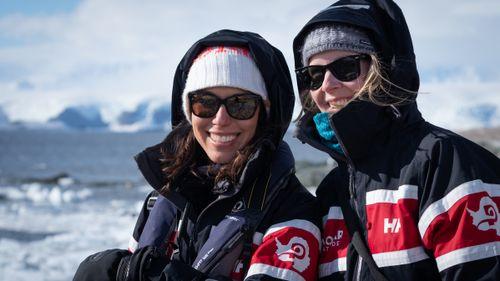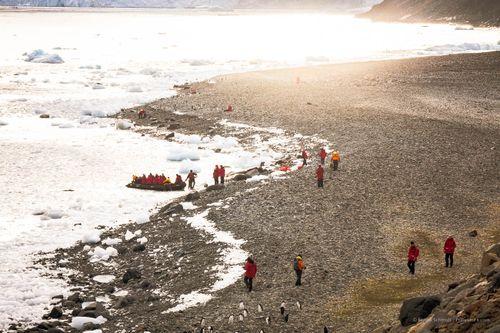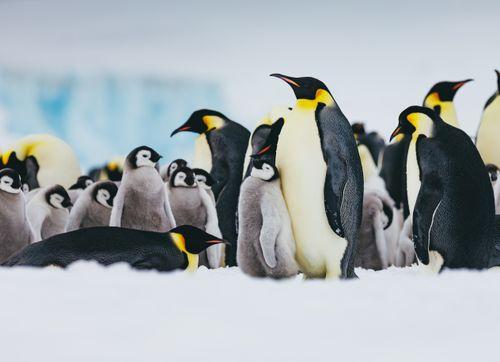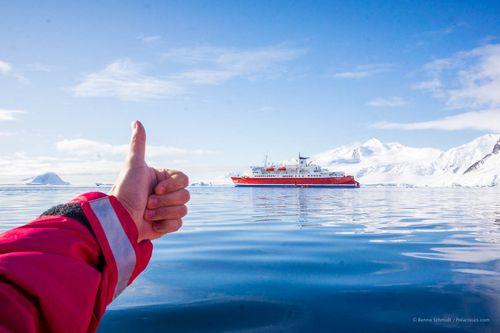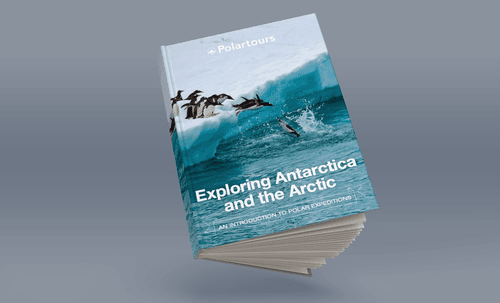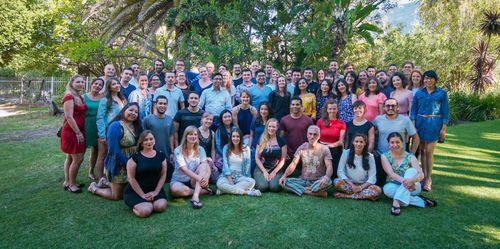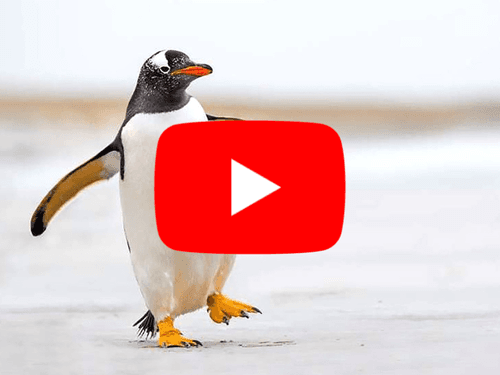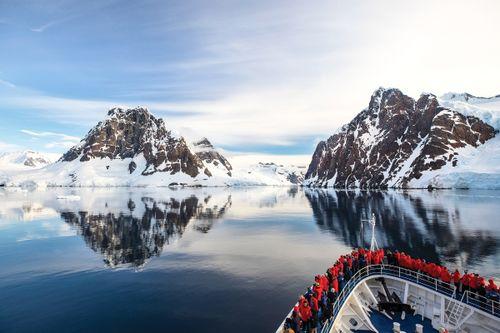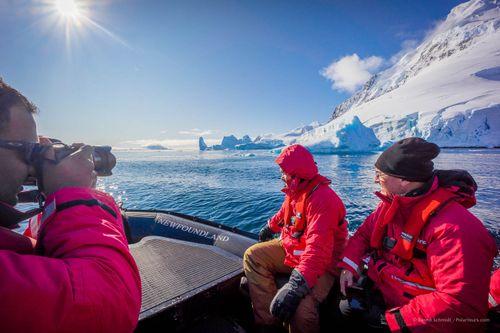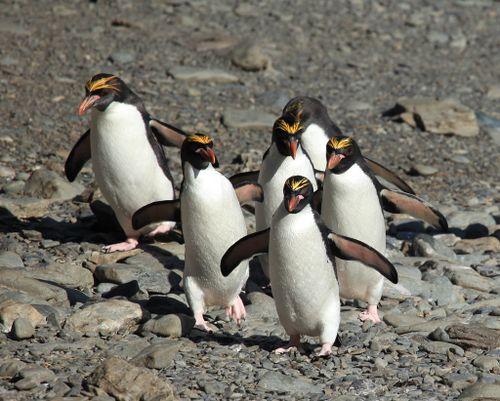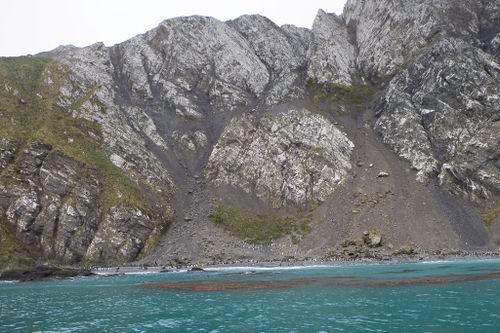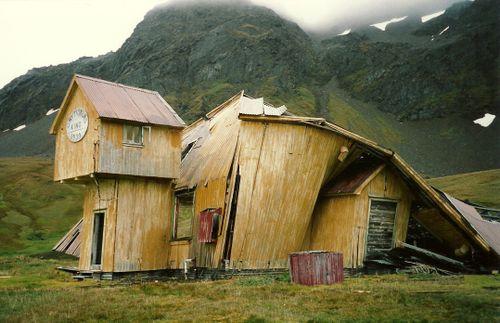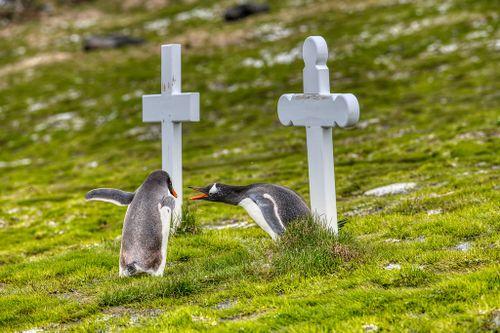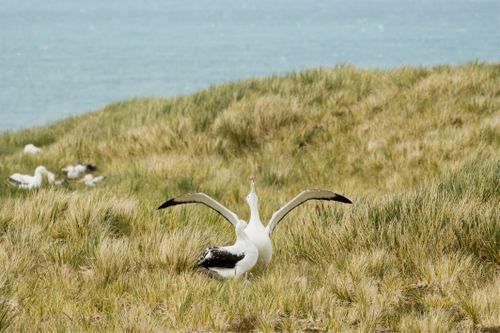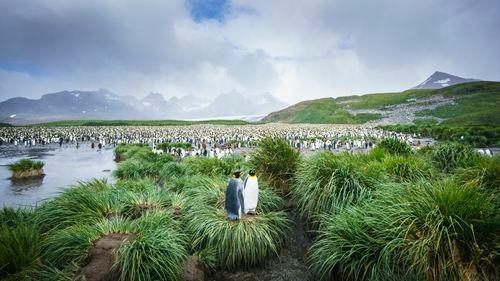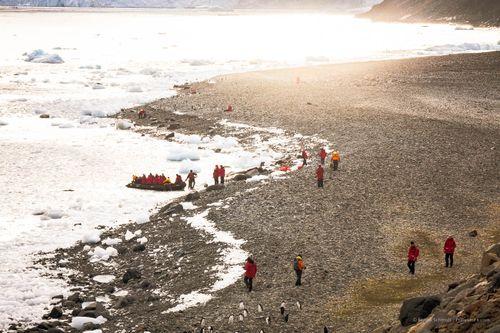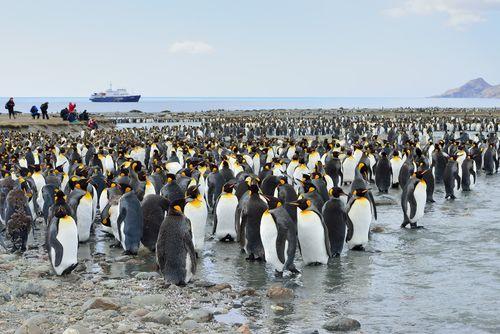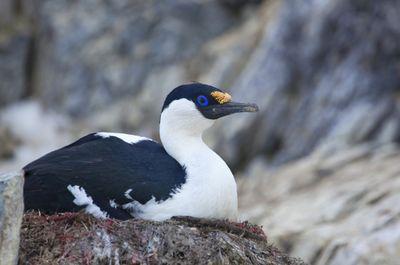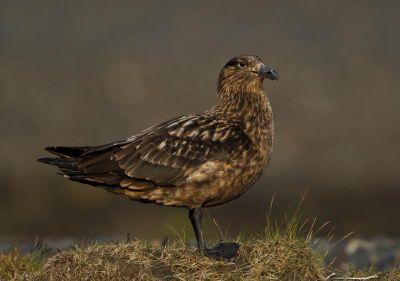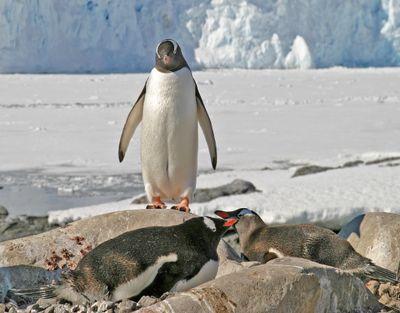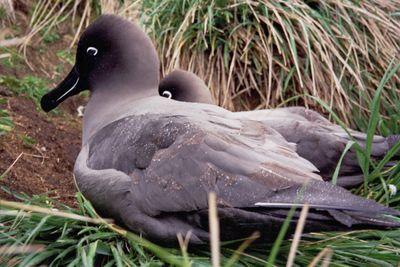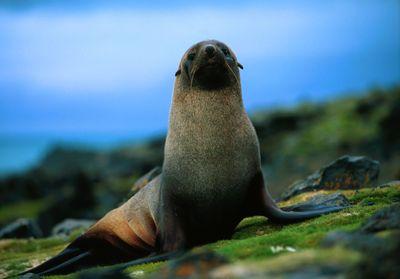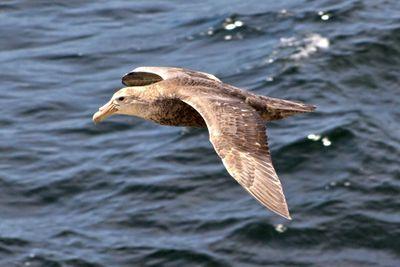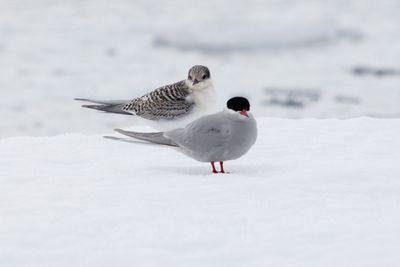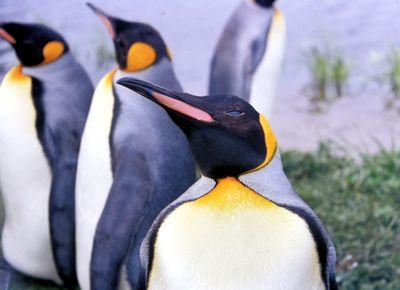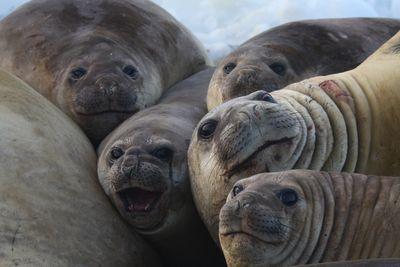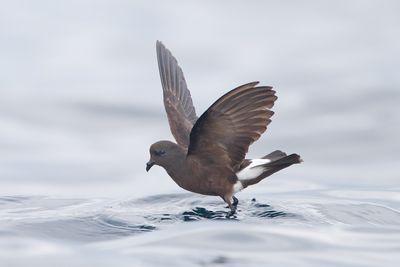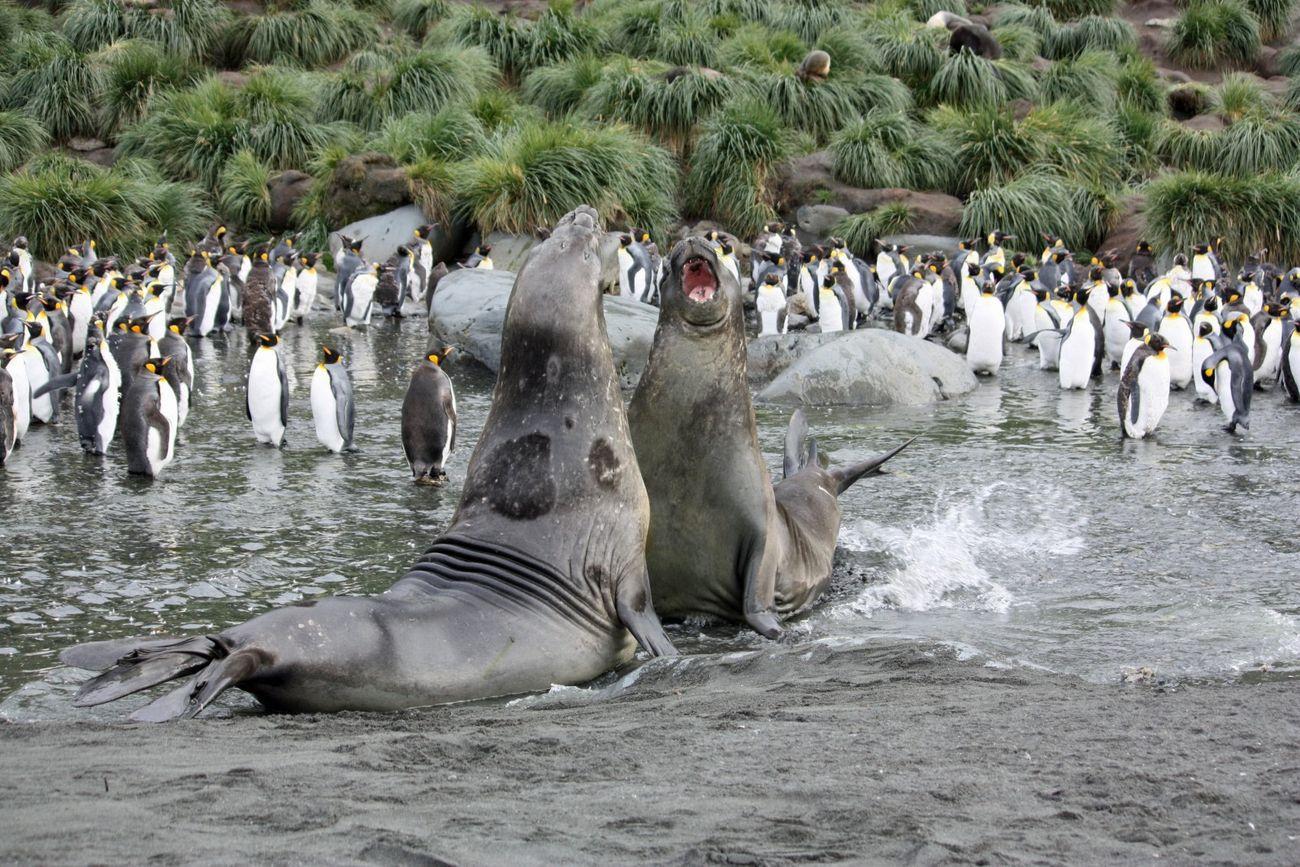
Gold Harbour
The most beautiful location in South Georgia, teeming with wildlife
Information about Gold Harbour
On the southeastern coastline of South Georgia Island, Gold Harbour is a small bay that leads up to the Bertrab Glacier, with a spectacular backdrop. Known as Puerto de Oro in Spanish, the Harbour was never named officially until the 20th century, but the name seems to have been in use by whalers and sealers and has become formally adopted.
The main theory behind the name Gold Harbour is that the cliffs around the bay shine yellow in the hour after sunrise and again before sunset. There’s no “gold in them thar hills”, but an alternative theory is that that whalers and sealers did financially very well out of the early years of exploitation.
Nevertheless, Gold Harbour is arguable one of the most beautiful places in the whole of South Georgia. As well as its stunning geology and spectacular illumination at sunrise and sunset, it’s also home to a huge amount of wildlife.
The beach here rings with the cries of king penguins, gentoo penguins, and elephant seals, all of whom like to breed in the sheltered bay. They aren’t the only ones, though. Wheeling across the skies in front of the hanging ice cliffs of the Bertrab Glacier are hundreds of pairs of sooty albatross, who come here every year to mate and raise their chicks.
Interesting facts about Gold Harbour
The king penguin breeding colony is over 50,000 strong, whereas the Gentoo penguins only number in the low hundreds. Elephant seals crowd the beach during their breeding season from October to December, but can often be found in smaller numbers throughout the year.
If you can, try and catch a sunrise or sunset at Gold Harbour. The golden light shining from the rocks, the Bertrab Glacier in the background, and the thousands and thousands of animals on the shore make for the photograph of a lifetime.
Pictures of Gold Harbour
